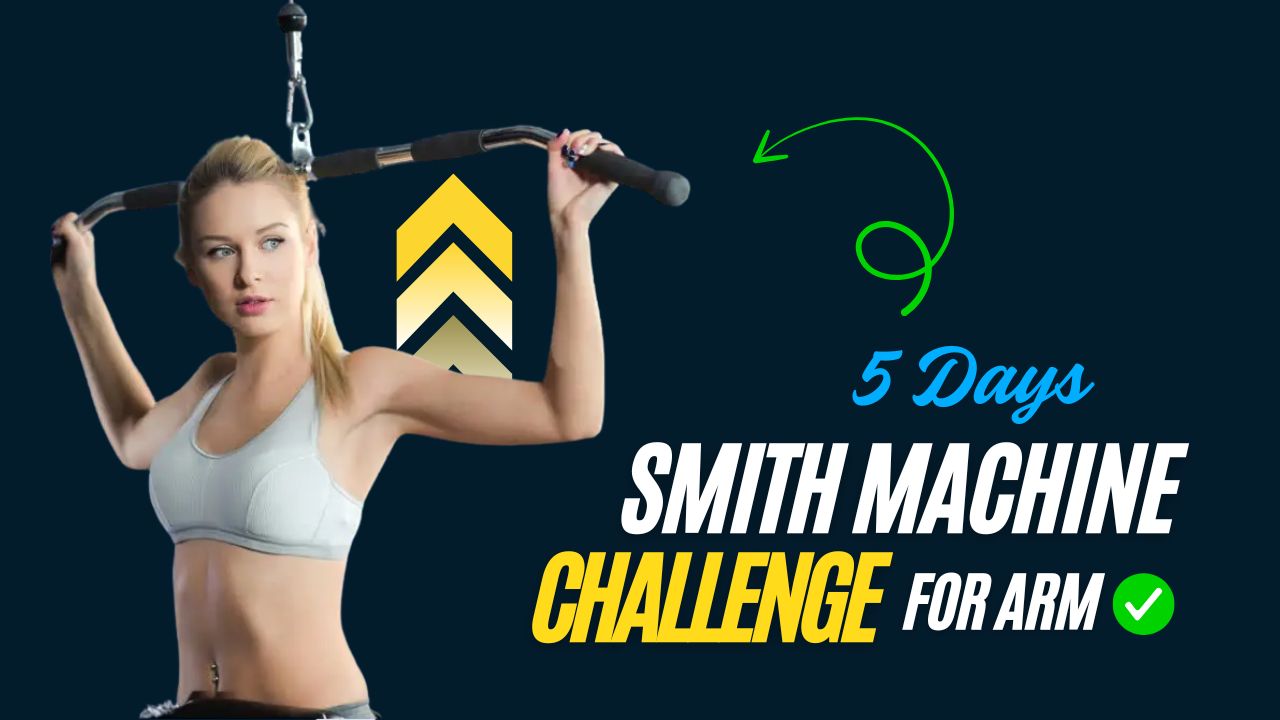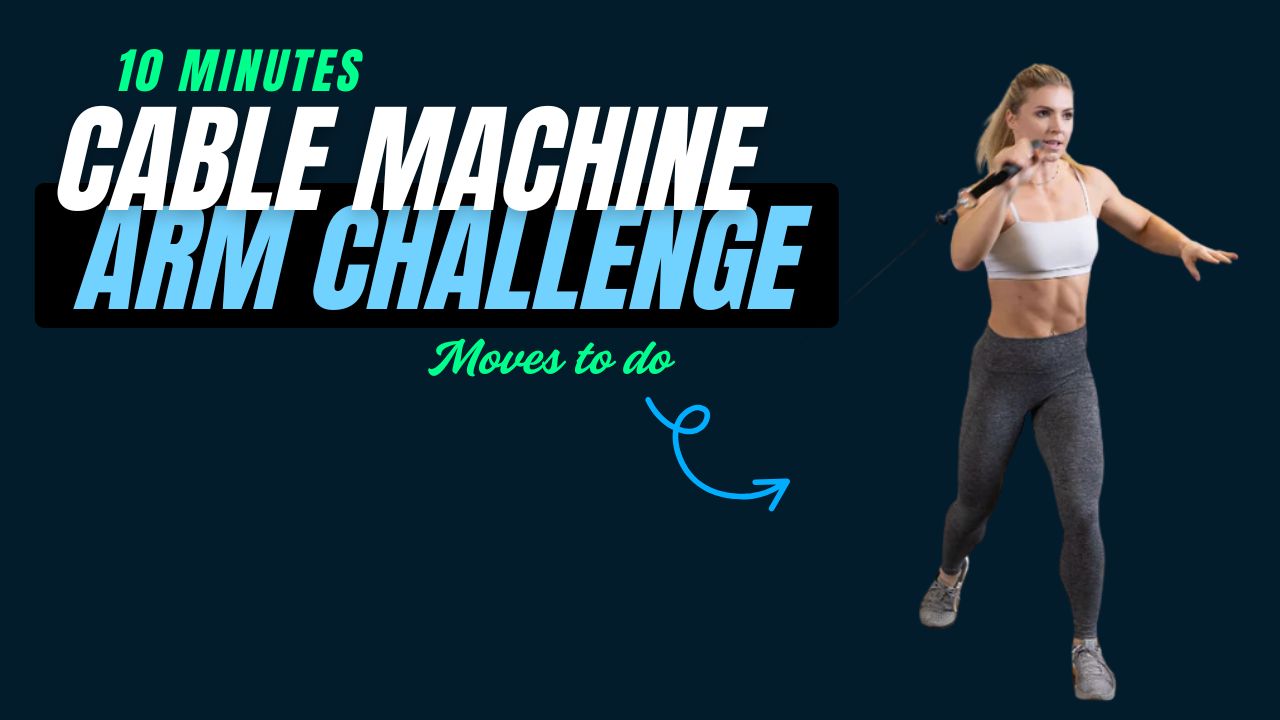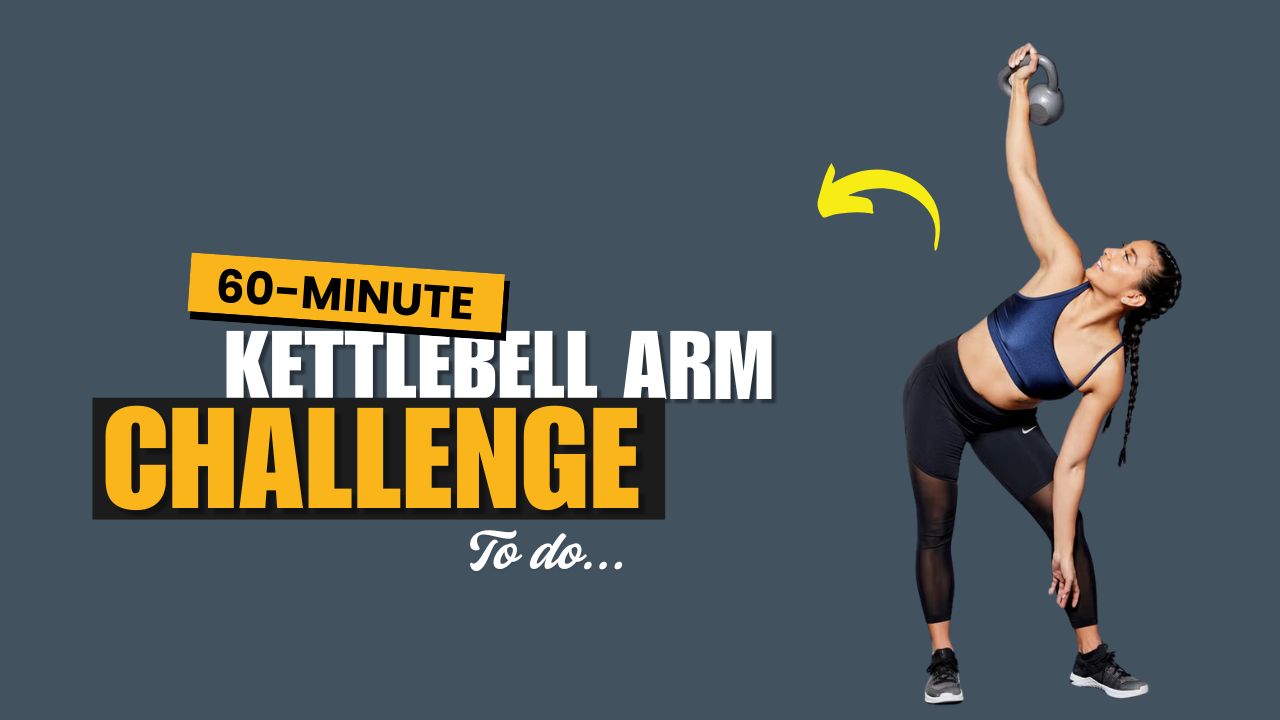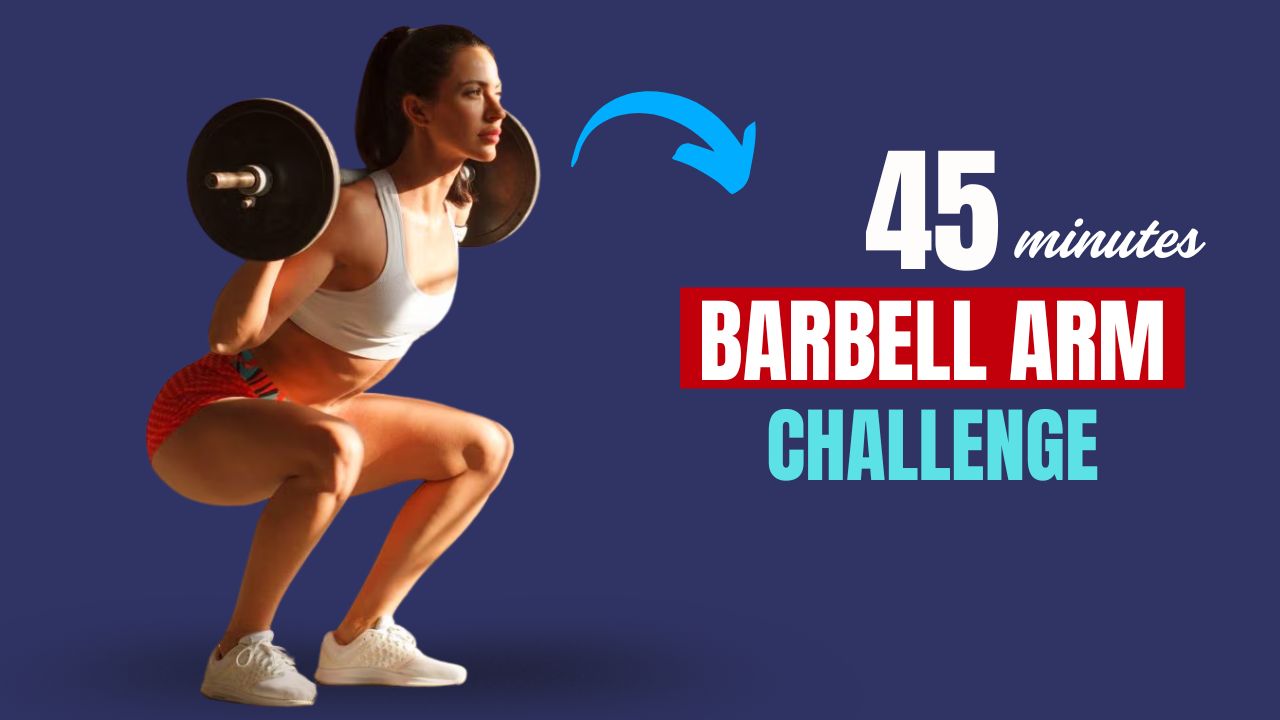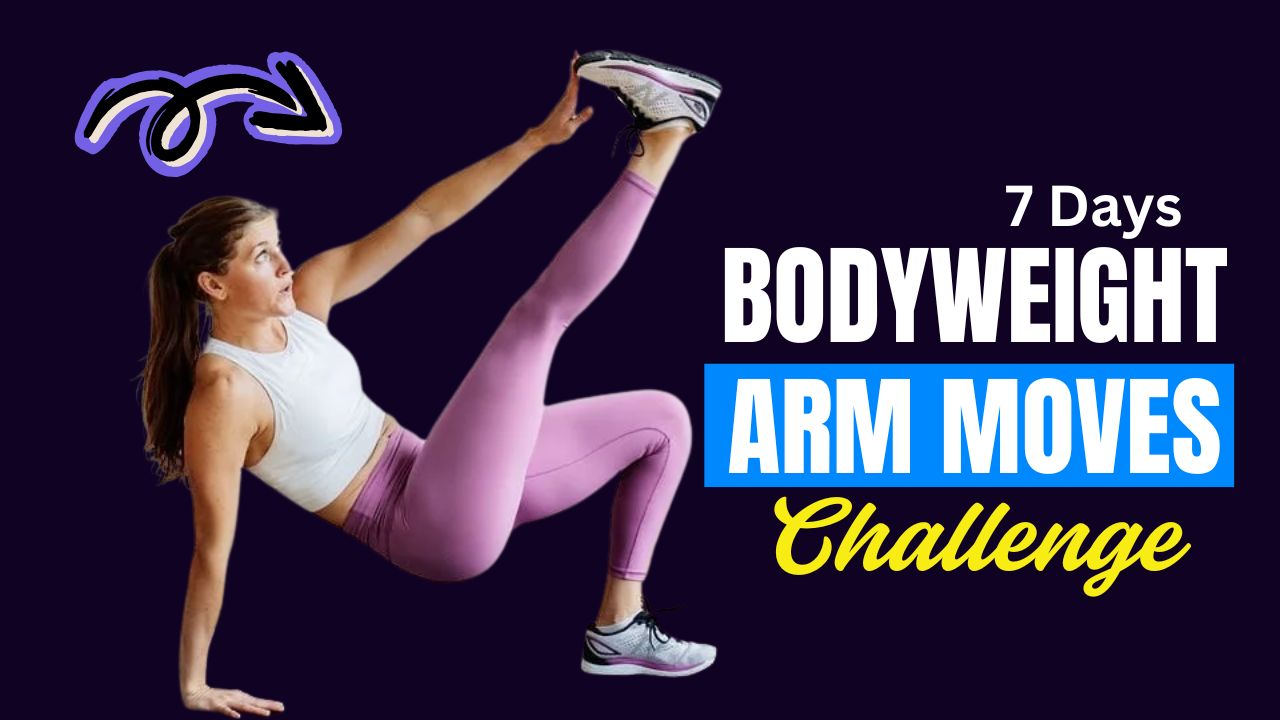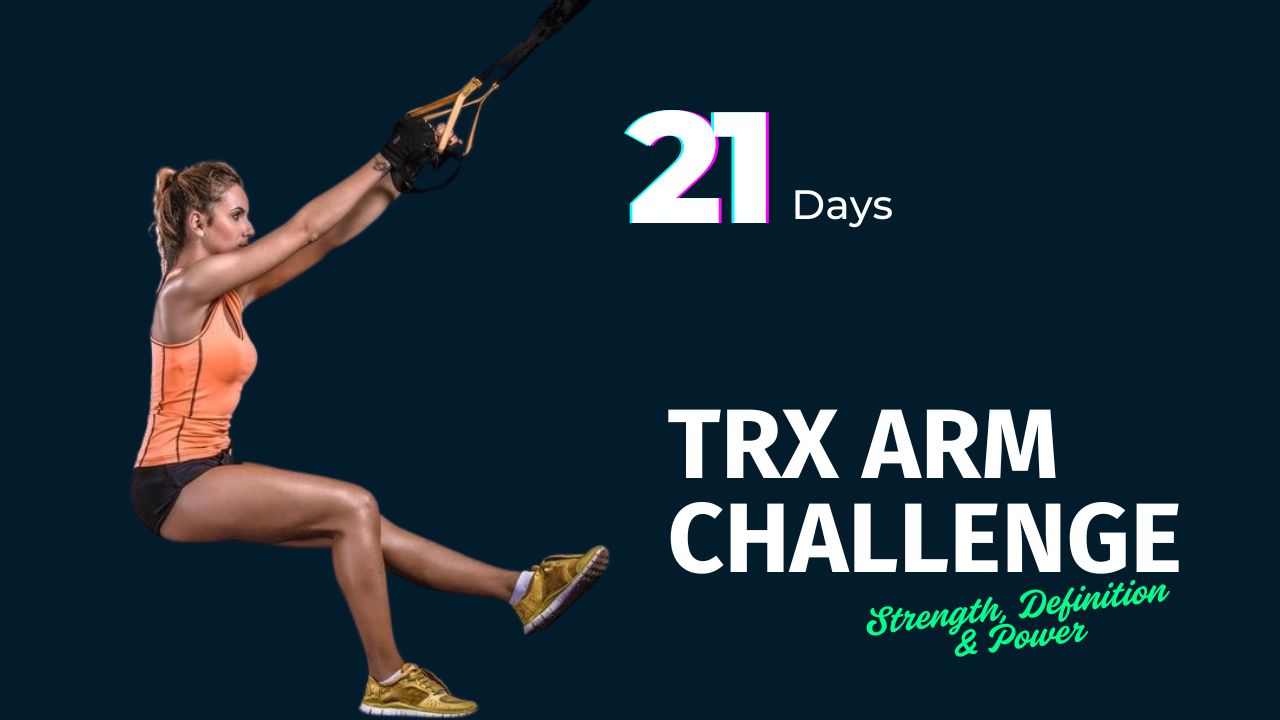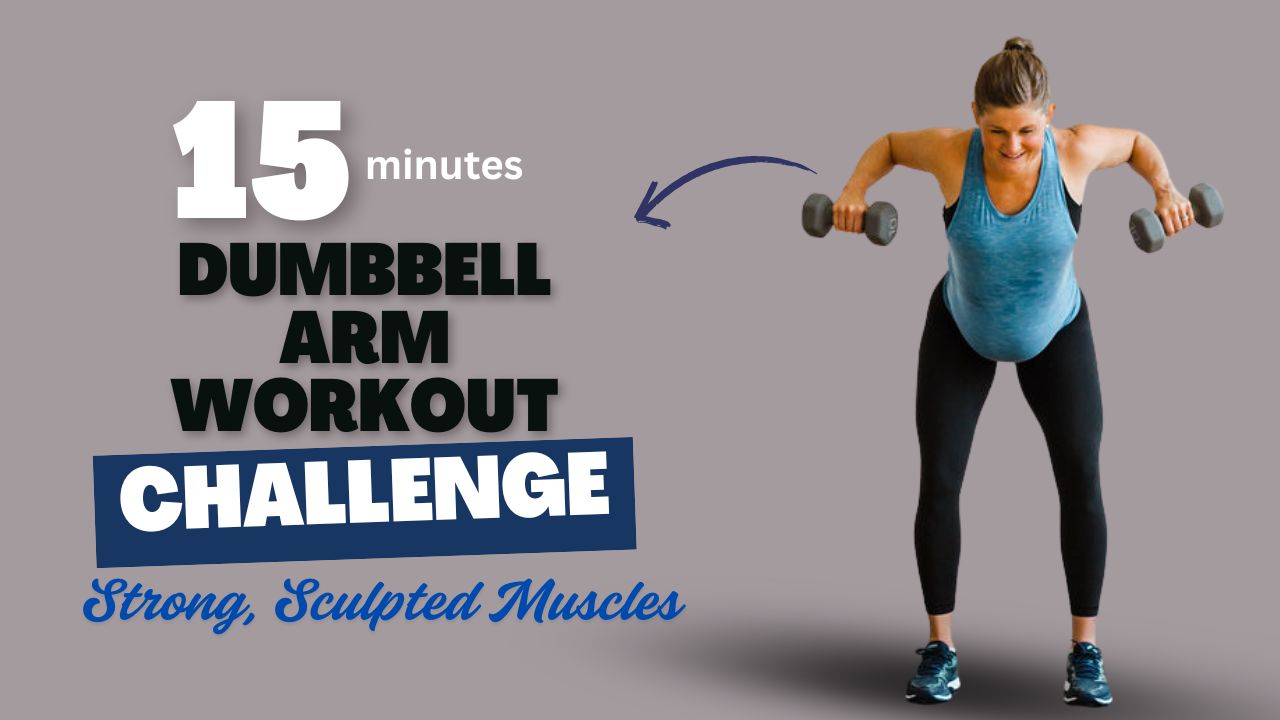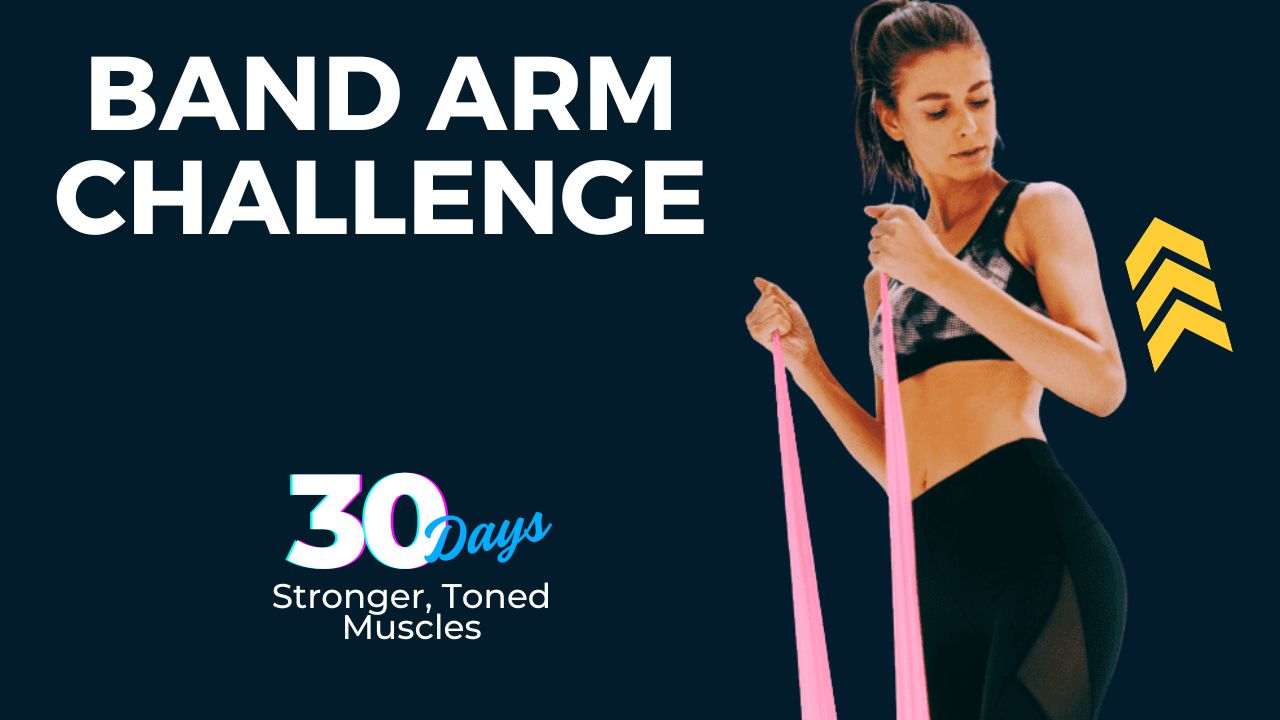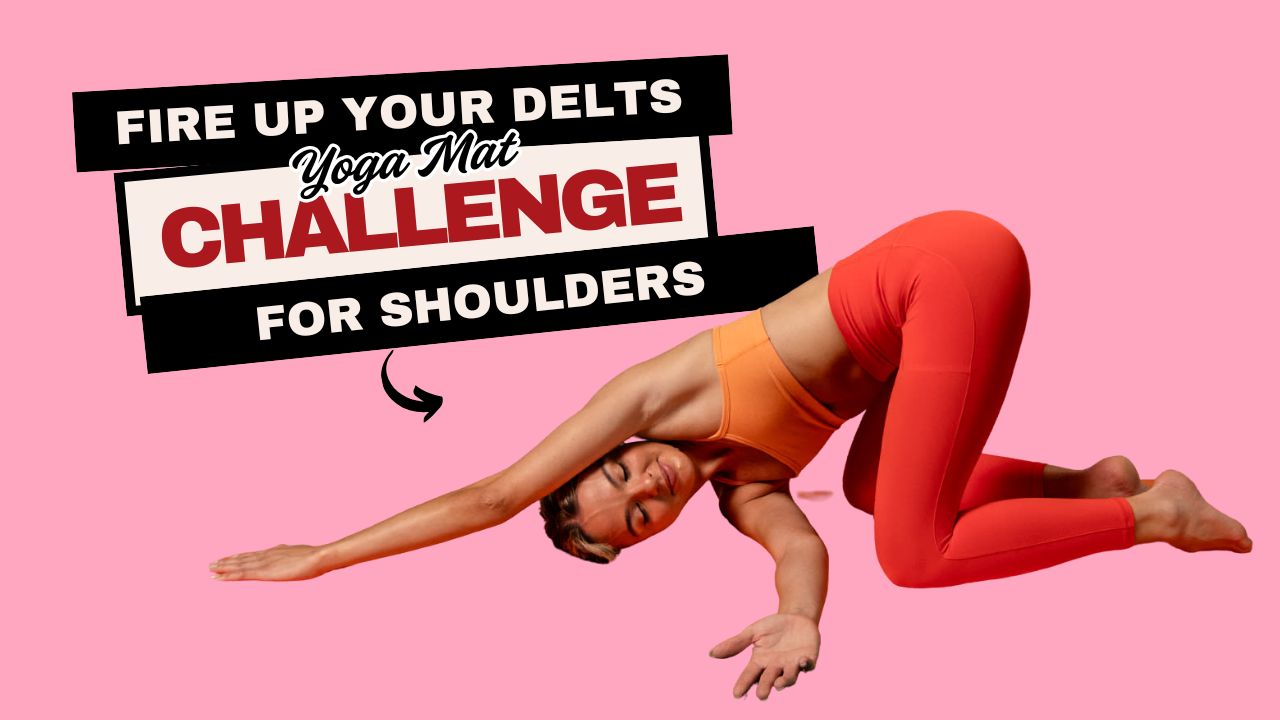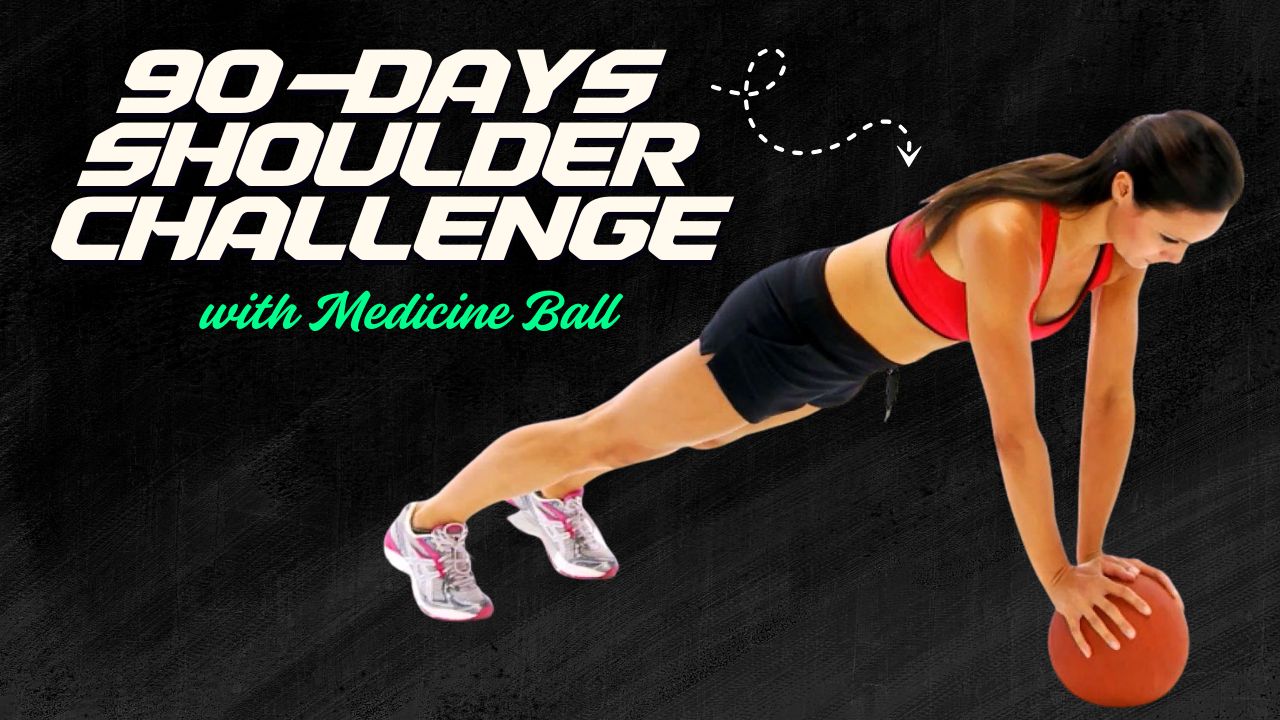Want a chest that pops from every angle? Then the cable crossover machine might just be your best friend. Unlike free weights, cables provide constant tension, allowing your muscles to stay under stress through the entire range of motion. That means better contraction, more control, and ultimately, better gains.
Fun Fact:
Cable machines were once seen as “finishing tools” in bodybuilding routines. Today, they’re a staple in sculpting size and symmetry across all experience levels—from beginners to pro athletes.
In this guide, you’ll learn 10 powerhouse cable crossover chest exercises designed to target every part of your pecs—upper, middle, lower—and help you build strength, size, and aesthetic shape.
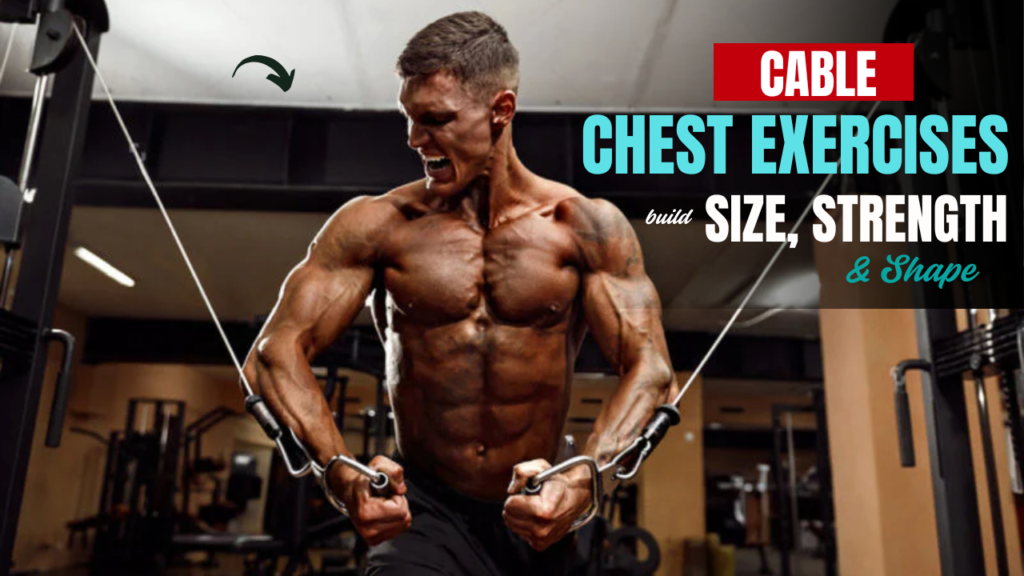
Table of Contents
Results After 30 Days of Cable Crossover Chest Workouts
| Changes You May Notice | Explanation / Benefits |
|---|---|
| Improved Chest Definition | Constant cable tension sculpts muscle lines and enhances upper-lower pec separation. |
| Increased Muscle Activation | Enhanced mind-muscle connection leads to better pec engagement in all chest movements. |
| Stronger Pec Contraction | You’ll feel a stronger squeeze and deeper burn during pressing and fly motions. |
| Better Symmetry | Single-arm crossovers help correct muscle imbalances and improve left-right pec balance. |
| Improved Upper Chest Fill | Exercises like low-to-high crossovers target the often-ignored clavicular chest region. |
| Enhanced Shoulder Stability | Controlled movement builds stability around shoulder joints, reducing injury risk. |
| Tighter Inner Chest Line | Cross-body and incline variations help tighten the midline between the pecs. |
| Posture Awareness | Cable form requires alignment, improving posture and core engagement during workouts. |
| Reduced Reliance on Heavy Pressing | You’ll learn that hypertrophy doesn’t always need max loads—form and tension matter more. |
| Visible Boost in Chest Volume (With Proper Nutrition) | If paired with a calorie surplus and protein, you’ll start noticing slight chest growth. |
Also Read: 10 Barbell Lower Back Workouts to Build Strength and Prevent Pain
Do’s & Don’ts for Cable Crossover Chest Exercises
| Do’s | Don’ts |
|---|---|
| Maintain a slight bend in your elbows to protect your joints. | Don’t lock your elbows or keep arms stiff like a robot. |
| Focus on slow, controlled movements for max muscle activation. | Don’t swing or use momentum to move the cables. |
| Keep your core engaged and maintain a slight forward lean. | Don’t arch your back or lean too far forward or backward. |
| Use a moderate weight that allows full range and proper form. | Don’t go too heavy—it reduces tension and increases injury risk. |
| Pause and squeeze your chest at the peak of the movement. | Don’t rush through reps without mind-muscle connection. |
| Adjust cable height to target different chest areas (upper/mid/lower). | Don’t use the same angle for every set—you’ll limit full chest growth. |
| Warm up your shoulders before starting. | Don’t start heavy without warming up—it risks shoulder strain. |
| Include both arms and single-arm variations to fix imbalances. | Don’t ignore one side or favor your dominant arm unconsciously. |
| Use mirrors or recording to check your form. | Don’t assume your form is perfect—visual feedback helps correct mistakes. |
| Stay consistent and track progress over time. | Don’t expect overnight results—chest sculpting takes time and effort. |
1. Low to High Cable Crossover (Upper Chest Builder)
How to:

- Set the pulleys to the lowest setting.
- Grab the handles and step forward.
- Bring the cables upward in an arc until they meet at chest or eye level.
- Squeeze your pecs at the top and return under control.
Why it works:
Targets the clavicular head of your chest—essential for that upper chest fullness most guys lack.
Bonus Tip: Imagine hugging a barrel for better contraction.
Also Read: 10 Barbell Tricep Workouts to Build Horseshoe Arms Fast
2. High to Low Cable Crossover (Lower Chest Emphasis)
How to:
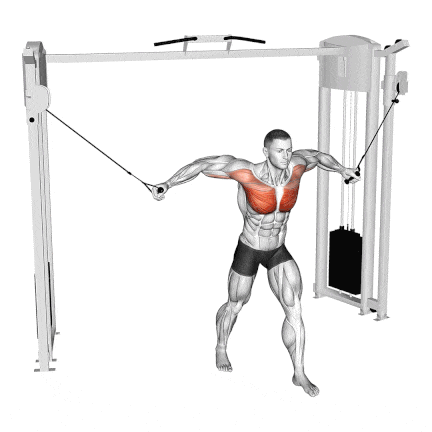
- Set pulleys at the highest setting.
- Pull the cables downward in a slight arc until your hands meet just in front of your hips.
- Pause and squeeze the chest, then return with control.
Why it works:
Pummels the sternal head and the lower chest line, carving out depth and sharpness in the lower pec region.
Myth Buster:
Many think decline bench is the only way to hit the lower chest—wrong. This exercise gives you a gravity-defying burn without lying down.
3. Mid-Level Cable Crossover (Middle Chest Mass)
How to:
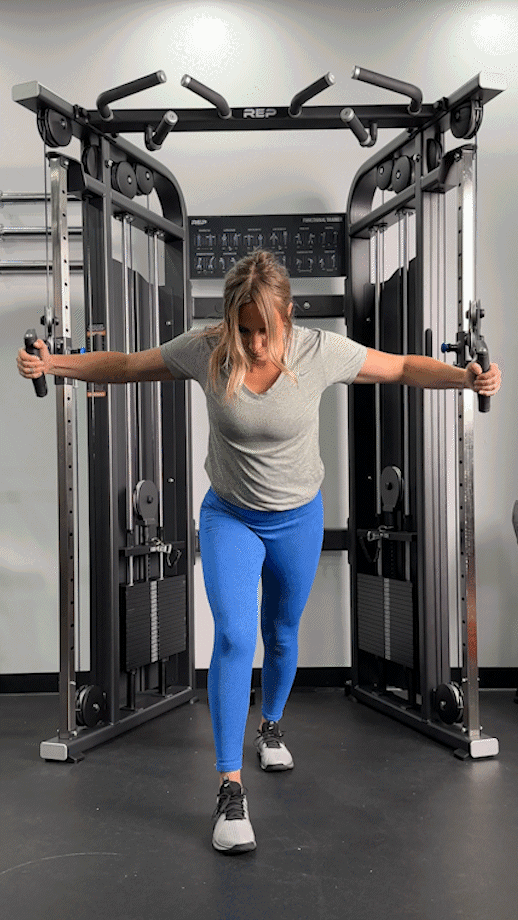
- Set cables at shoulder height.
- With a slight lean forward, pull cables straight in front until your hands meet at chest level.
- Hold for a second, then return slowly.
Why it works:
Great for targeting the central pecs, helping to thicken your chest wall and create a fuller, rounder look.
4. Single-Arm Cable Crossover (Imbalance Fixer)
How to:

- Set one side of the cable at shoulder height.
- Perform a crossover movement with one arm, bringing it across your body.
- Keep the motion slow and deliberate.
Why it works:
Corrects muscle imbalances between sides and gives better mind-muscle connection.
Did You Know?
Many lifters unknowingly favor one side. Single-arm work exposes and evens out weaknesses.
Also Read: 11 Barbell Back Exercises to Build a Thicker, Wider Upper Body
5. Lying Cable Chest Fly
How to:

- Set the cables low and lie on a flat bench between them.
- With arms extended and a slight bend in elbows, bring the handles together above your chest.
- Squeeze, then return.
Why it works:
Combines the feel of a dumbbell fly with constant cable tension—giving more chest activation without joint stress.
6. Cable Iron Cross (Maximum Stretch)
How to:

- Set cables slightly above shoulder height.
- Lean slightly forward and stretch arms out in a T-pose.
- Pull cables downward until your hands meet below your waist.
Why it works:
Provides a deep stretch at the start and a hard squeeze at the finish—ideal for chest expansion and definition.
7. Cross-Body Cable Crossover (Inner Chest Focus)
How to:

- Set both cables at shoulder height.
- Bring each hand across the opposite side of your body.
- Your right hand should cross to your left pec, and vice versa.
Why it works:
Emphasizes the inner chest, creating that chiseled separation line between your pecs.
Also Read: 12 Dumbbell Glute Exercises That Build a Rounder, Stronger Butt Fast
8. Incline Cable Crossover (Upper & Inner Chest)
How to:

- Set the pulleys low and position an incline bench between them.
- Perform a fly motion bringing cables above your chest while lying back.
Why it works:
Engages the upper inner pecs, an area often under-stimulated by standard incline presses alone.
9. Reverse-Grip Cable Crossover (Lower & Outer Chest)
How to:
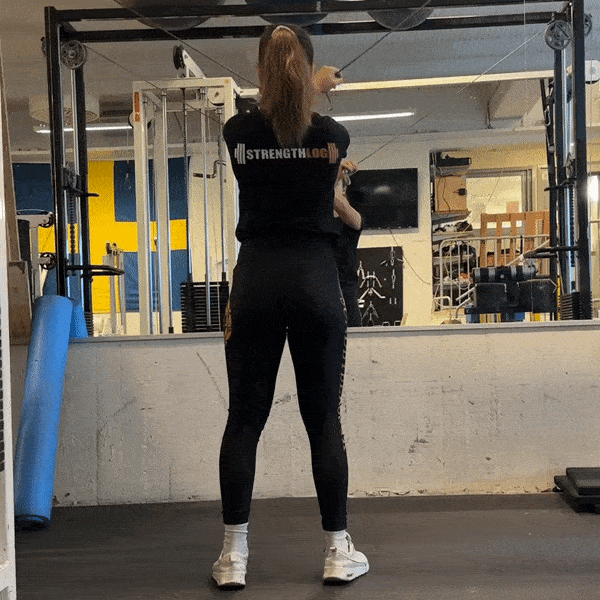
- Use a reverse grip (palms up) with cables set at mid or high level.
- Pull cables inward and downward with a slight scoop motion.
Why it works:
Hits the outer pecs and lower fibers in a unique way. The reverse grip encourages better muscle isolation.
10. Standing Cable Press (Strength + Size)
How to:

- Set cables at chest height.
- Hold handles like you’re bench pressing and step forward.
- Press cables out in front until arms are extended.
Why it works:
Mimics a bench press but with added stabilization and tension—giving both size and strength benefits.
Bonus: Great for those recovering from shoulder strain. Less joint stress than a barbell press.
Also Read: 14 Dumbbell Exercises to Strengthen Your Lower Back & Banish Pain
Final Thoughts
Incorporating cable crossover exercises into your routine isn’t just about looking good—it’s about training smarter. Cables allow you to control resistance through the entire range of motion, maximizing your gains and minimizing injury risks.
By targeting the chest from multiple angles, you’ll build balanced development, sculpted definition, and raw pressing power.
Frequently Asked Questions (FAQs)
Can I build a full chest using only cable crossover exercises?
Yes, to a large extent. Cable crossover variations can target upper, middle, and lower chest effectively. While adding compound movements like bench press or dips is ideal for maximal mass, cable exercises offer constant tension and better muscle isolation for shape, definition, and size.
How often should I do cable chest workouts?
1–2 times per week is ideal. Include cable crossovers as part of your chest day or upper-body push day. Focus on different angles to stimulate all areas of your chest without overtraining.
Are cable crossover exercises suitable for beginners?
Absolutely. Cables provide controlled resistance and are easier on joints compared to heavy barbells or dumbbells. They’re great for learning proper chest activation and improving mind-muscle connection.
How many sets and reps should I perform for cable crossover chest exercises?
Aim for 3–4 sets of 10–15 reps per exercise. Use moderate weight and focus on form, stretch, and contraction rather than going too heavy.
What’s the best time to include cable crossovers in a chest workout?
Cable crossovers work great as finishers at the end of your chest routine to isolate and exhaust the muscle. But you can also use them during warm-ups to activate your pecs with lighter weight.
Can I do cable crossovers at home?
Only if you have a dual adjustable pulley machine or functional trainer. Otherwise, you’ll need to stick with alternatives like resistance bands or dumbbell flys.
Do cable crossovers help build strength or just aesthetics?
Primarily, cable crossovers are used for shaping, symmetry, and hypertrophy. While they help develop strength to some degree, they are not meant for heavy, compound strength gains like bench press or dips.
How are cable flys different from dumbbell flys?
Cable flys provide constant tension throughout the entire motion, especially at the top where dumbbell flys lose resistance. That makes them more effective for full-range muscle engagement.
Should I do single-arm or both-arm cable crossovers?
Both have benefits. Single-arm crossovers help fix muscle imbalances and enhance focus, while double-arm crossovers allow for symmetry and time efficiency.
Are cable chest exercises safe for shoulder joints?
Yes, generally safer than free weights. The adjustable angle and controlled tension reduce strain on shoulders, especially when proper form and moderate weight are used.
